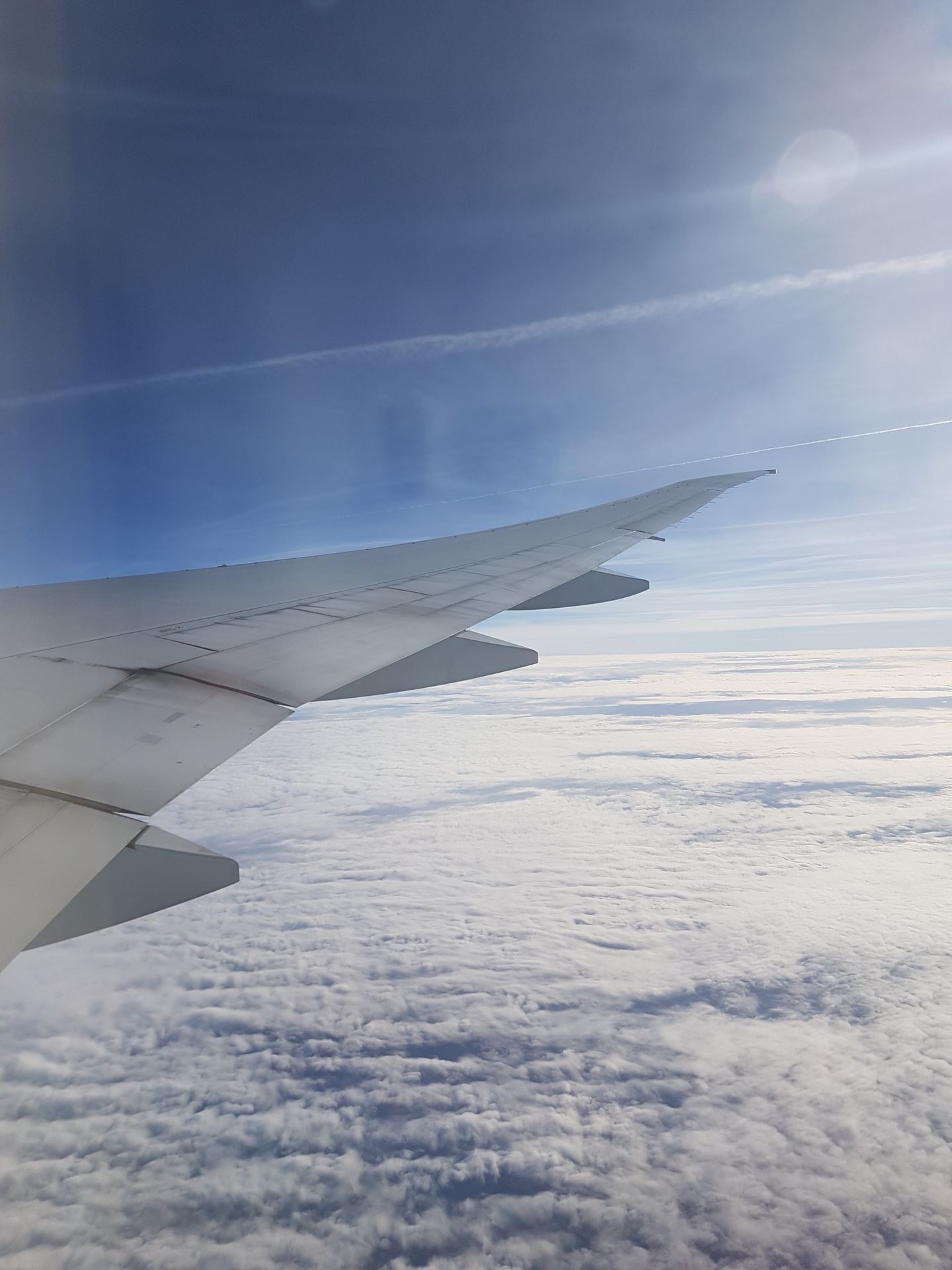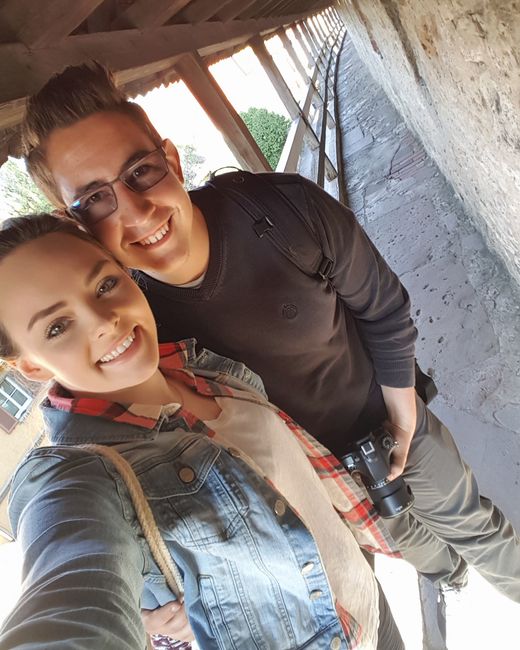02/04/2018 - 'If it were anywhere else, the masses would flock there.'
प्रकाशित: 30.04.2018
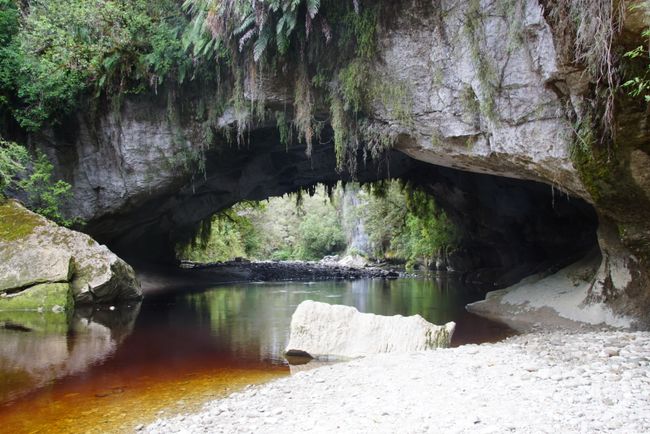
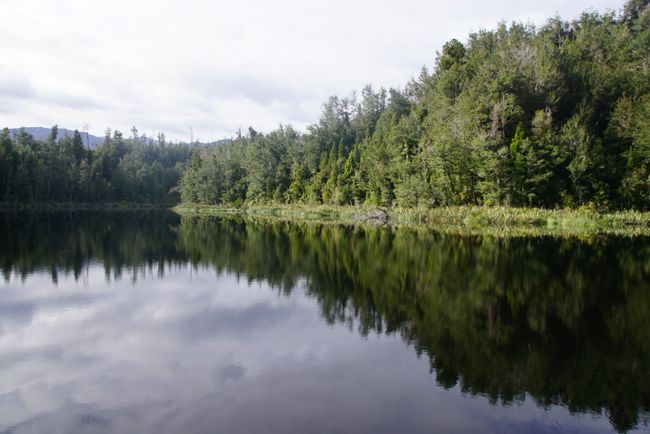
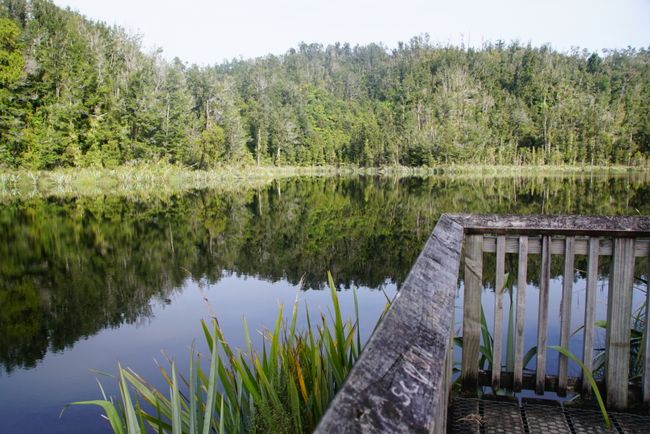
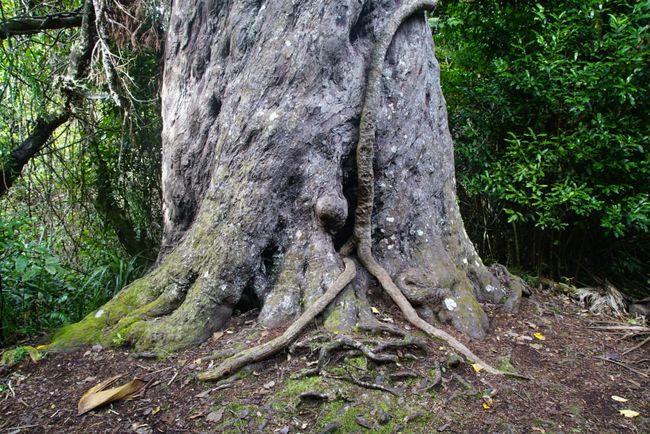
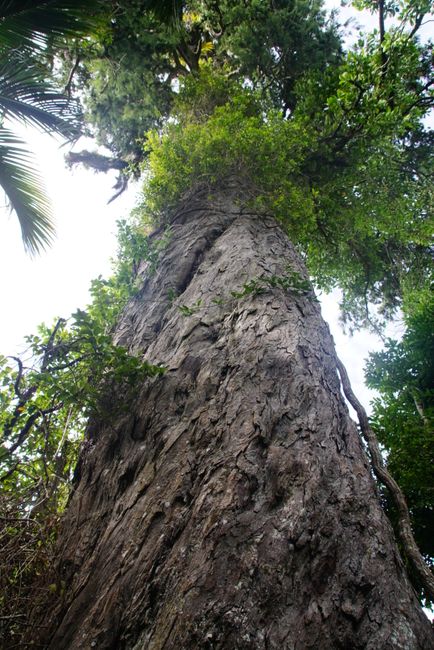
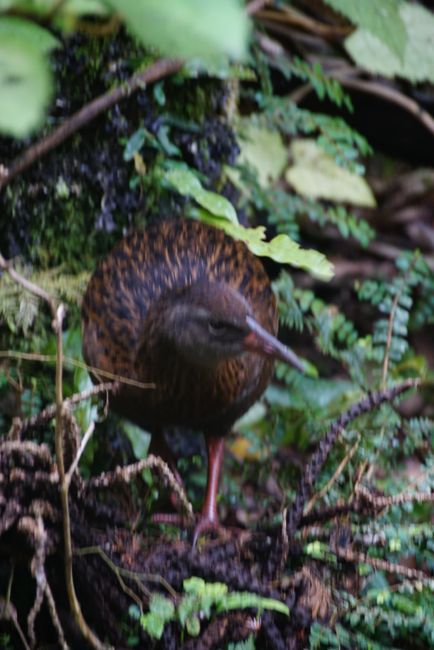
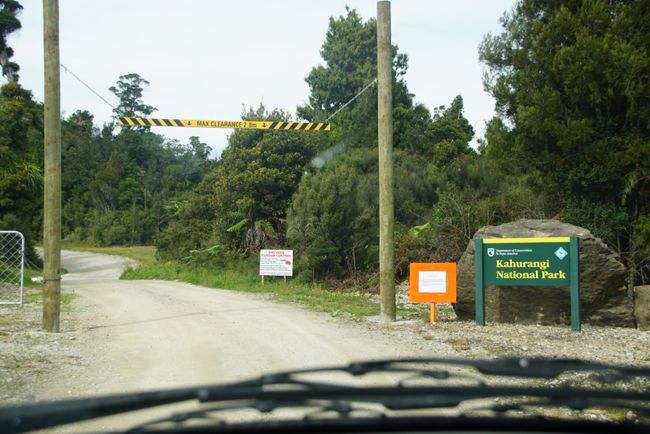
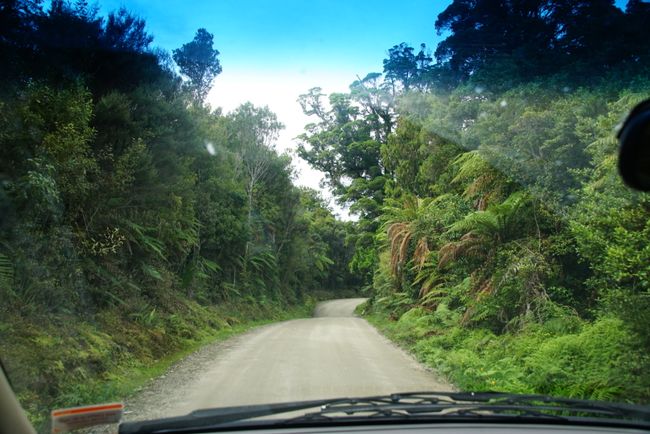
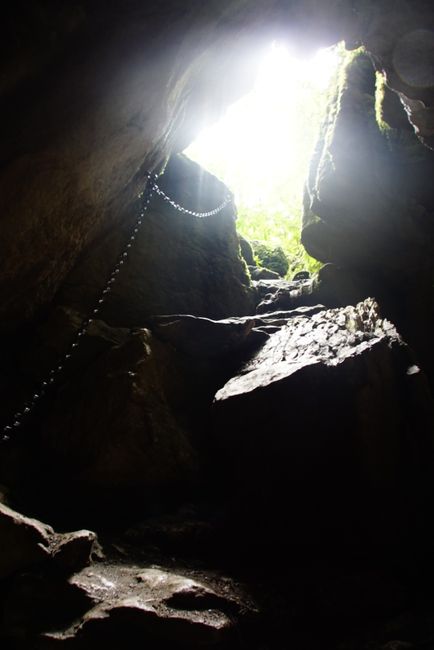
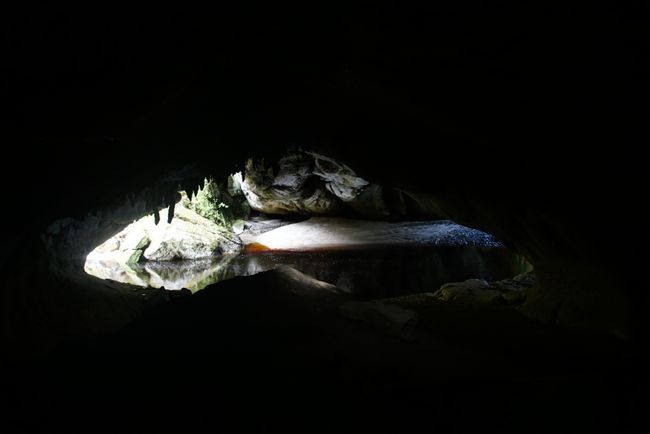
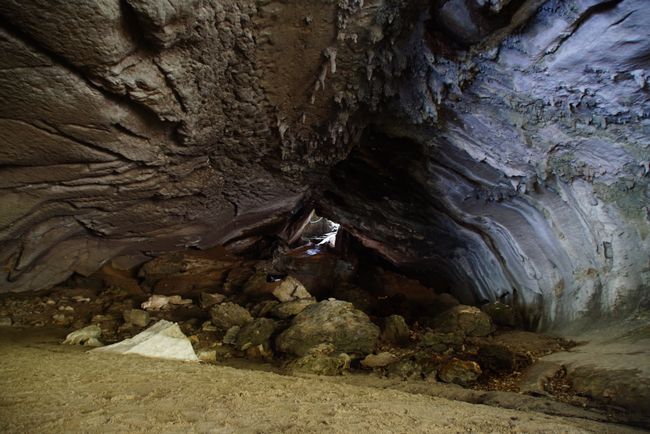
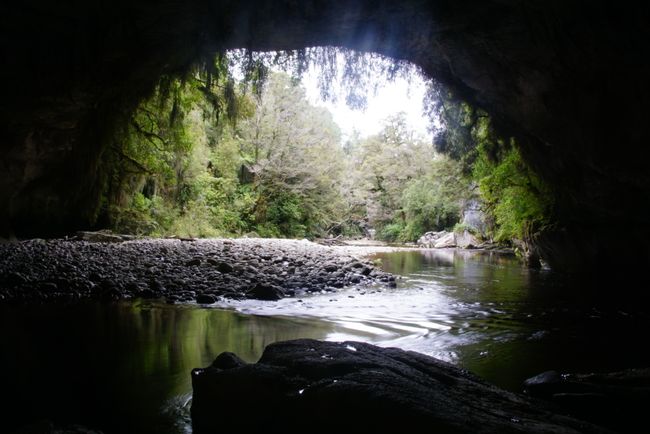
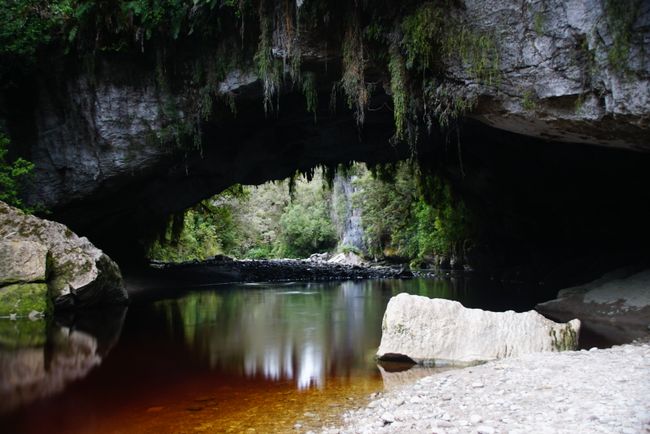
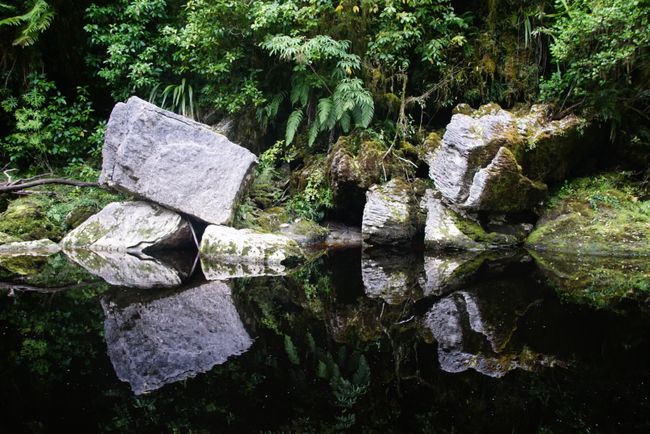
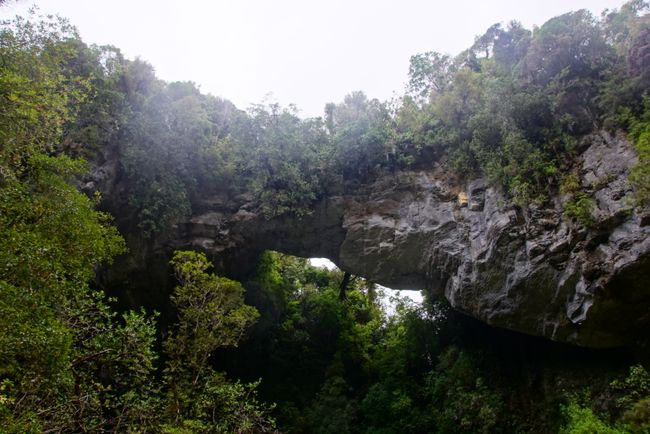
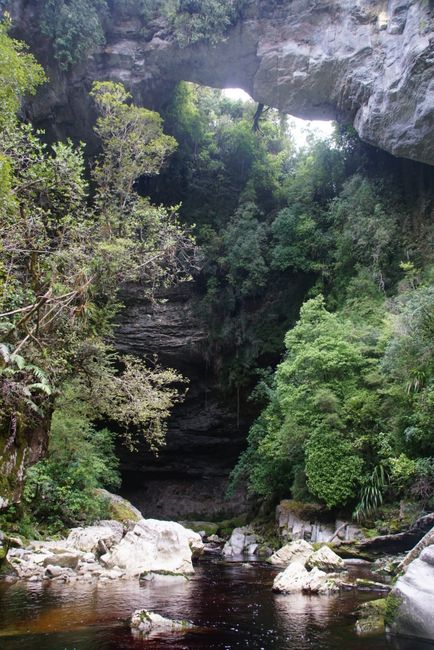
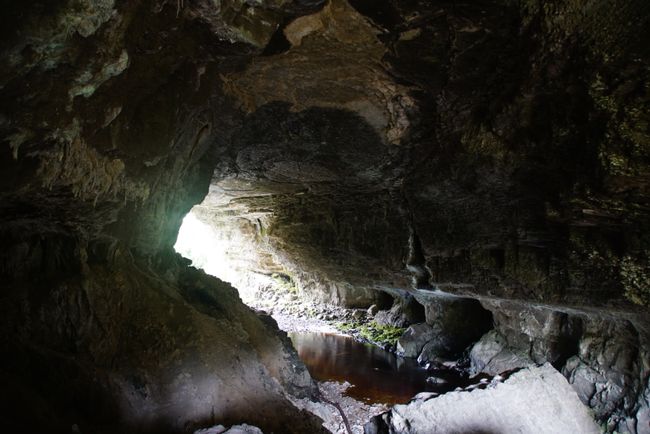

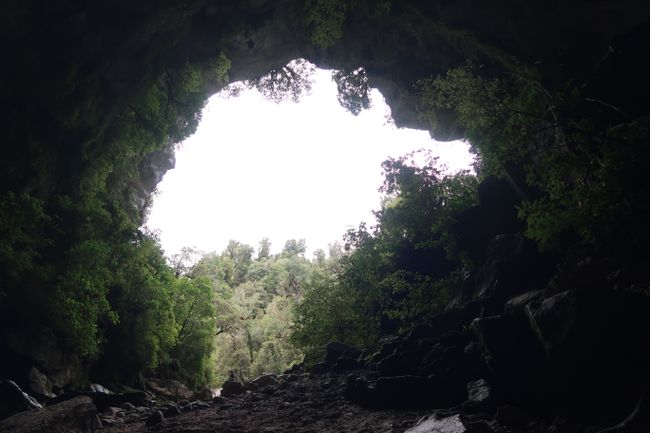
समाचारपत्रस्य सदस्यतां गृहाण
06:30 am - we were awake in the car. Due to the time change, we have become true early risers. When we got out of the car to have breakfast, we saw the extent of a fateful night. Our herb pot was attacked. The day before, we saw "Wekas" roaming the area. During the night, the curious flightless birds must have taken advantage of the opportunity. Now our mint is a little bit poorer in soil and the plastic pot has smaller holes...
After breakfast, we left our sleeping place by the sea and continued northward. The further we went, the fewer houses we saw on the side of the road. We realized how remote the area really is on our first hike. A 15-minute hiking trail led us to "Lake Hanlon". The lake is surrounded by New Zealand bush. When we reached the viewing platform, there was an incredible silence. It was so quiet that it left us speechless. No car, plane, or person could be heard - only a few birds chirping in the distance. We enjoyed this peaceful moment and used the video function of our camera again after a long time to capture the moment. Besides the profound tranquility radiated by the lake, it was a beautiful photo motif. Hardly any gust of wind set the water surface in motion, so the surrounding forest was reflected in it.
After this little break, we returned to the road and continued until we reached "Karamea". This village is the last piece of civilization before there is only forest, bush, and remoteness.
We made our first stop in Karamea at the "Big Rimu Tree". This impressive tree is reached after a 30-minute walk. Its age is estimated to be a fabulous 1,000 years. Since it was too large for wood transport at that time, the first settlers fortunately left it standing. Its dimensions may not compare to the better-known "Kauri trees", but it is still of considerable size. When we stood in front of it, we suddenly heard rustling in the bushes. Very slowly and carefully, a Weka approached. When the small flightless bird crossed the hiking trail and looked into our eyes, its steps suddenly became faster and it stumbled into the next hedge. It peered through the leaves again and disappeared shortly thereafter into the thicket.
After the encounter with the animal, we returned to the car because there was still one last, great highlight on our agenda for the day. The travel guide recommends the "Oparara Basin" as a true insider tip. Based on some research beforehand, our anticipation and expectations were high. But before we saw the natural wonders with our own eyes, we had to tackle 15 kilometers of the worst gravel road. Apart from the many potholes, which are the norm, the road is quite steep and curvy. Therefore, not every vehicle size is allowed to drive down (and later up) the road! We gathered all our courage and crept along the seemingly endless road. Fortunately, it was not very busy due to the remoteness and the ban on certain vehicle classes. Only one car passed us on the way there and none overtook us. How could it? The average speed was 30 km/h. 40 minutes later, we finally reached the parking lot! After a short break, we started the first hike to the "Moria Gate Arch". We followed the well-developed trail, which abruptly ended. At first, we weren't sure where to go next. Up the stone wall? But then we discovered a metal chain leading through a small hole into a cave. We clung to the chain and descended the few meters. The image that greeted us after the descent was indescribable. We stood in the middle of a cave. Behind us, the small hole through which we had climbed. The stone walls of the cave on the left and right. Stalactites hung above us. And in front of us, the natural limestone arch under which the "Oparara River" flows.
The Moria Gate Arch is 46 meters long, 8 meters high, and 28 meters wide.
These dimensions are probably difficult to imagine just from reading alone.
We started exploring this special cave. As we walked further, we soon reached the passage that the river also used to flow under the arch. The untouched nature opened up on the left and right. It took some time before we could start taking pictures. We were too paralyzed and overwhelmed by this indescribable beauty. However, it was not only the lighting conditions that posed a problem for us. At that time, there was another photographer in the cave with us. Normally, mutual consideration is to be expected, but he was clearly more selfish. It can happen that he "accidentally" walked into our picture. When he then wanted to send us away to start a ten-minute long exposure shot of the cave, it became too much for us! ... To avoid getting even more upset about it (which wasn't easy), we decided to leave for now. We strolled through the dense forest to let some fresh air into our heads. After about 15 minutes, we descended into the Moria Gate Arch once again. When we were back at the river, we climbed out to the left side of the arch to view it from the outside. From here, the passage seemed even more beautiful. Only the color of the river was a bit confusing.
In the entire region, the waters are brownish in color, which is caused by local plants and leaves. However, this is completely harmless.
Back at the parking lot, we started the second hike to the "Oparara Arch". After about 20 minutes, we saw an incredibly tall arch. Wow!
The Oparara Arch is 219 meters long, 43 meters high, and 79 meters wide.
When we stood in front of the entrance gate, we were amazed and followed the hiking trail to the end. It ended shortly after entering the "cave". Although "cave" is hardly the right word, as it is flooded with light. We stood on an elevated viewing platform and let the arch have an effect on us. It is indescribable and hard to believe how incredibly large and beautiful this place is! We were completely thrilled. Here too, the Oparara River flowed through it - although with the dimensions of the cave, one could probably speak of a creek. ;) After we had looked around and assessed the situation for quite some time, we climbed down to the bottom of the tunnel. From here, the cave seemed even bigger and higher.
After taking the souvenir photos, we reluctantly left this breathtaking place. The time change was pressing, and we would rather not have driven the adventurous road that leads to these fantastic natural wonders at nightfall.
As the "Lonely Planet" rightly quotes a local:
'If it were anywhere else, the masses would flock there.'
That hits the nail on the head. The place is so remote and hidden that only a few find their way there and undertake the journey. No tour bus would probably reach this destination unharmed. That's why the place retains a special charm and its exclusivity.
It is simply amazing, again and again, to see what nature is capable of.समाचारपत्रस्य सदस्यतां गृहाण
उत्तरम् (1)
Wolfgang
Aha, also Speläologie!
यात्राप्रतिवेदनानि न्यूजीलैण्ड्
